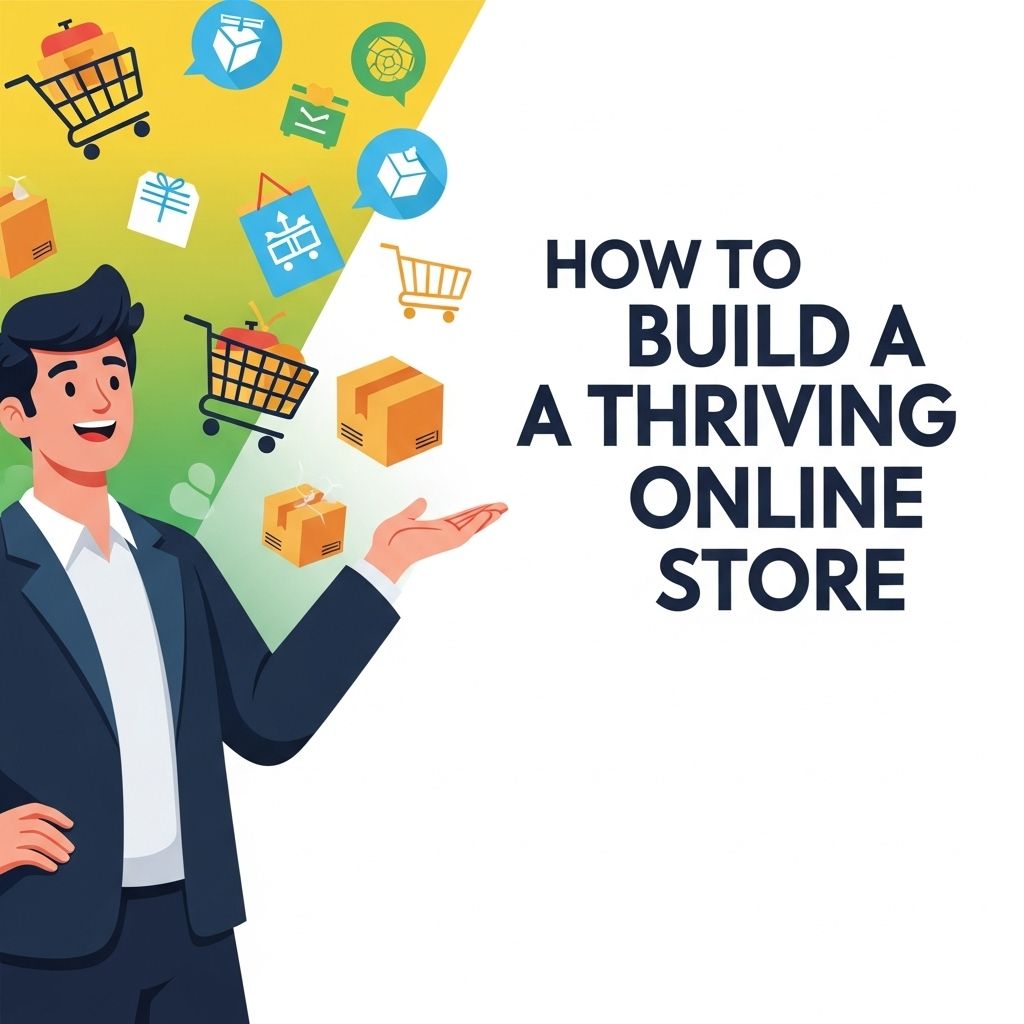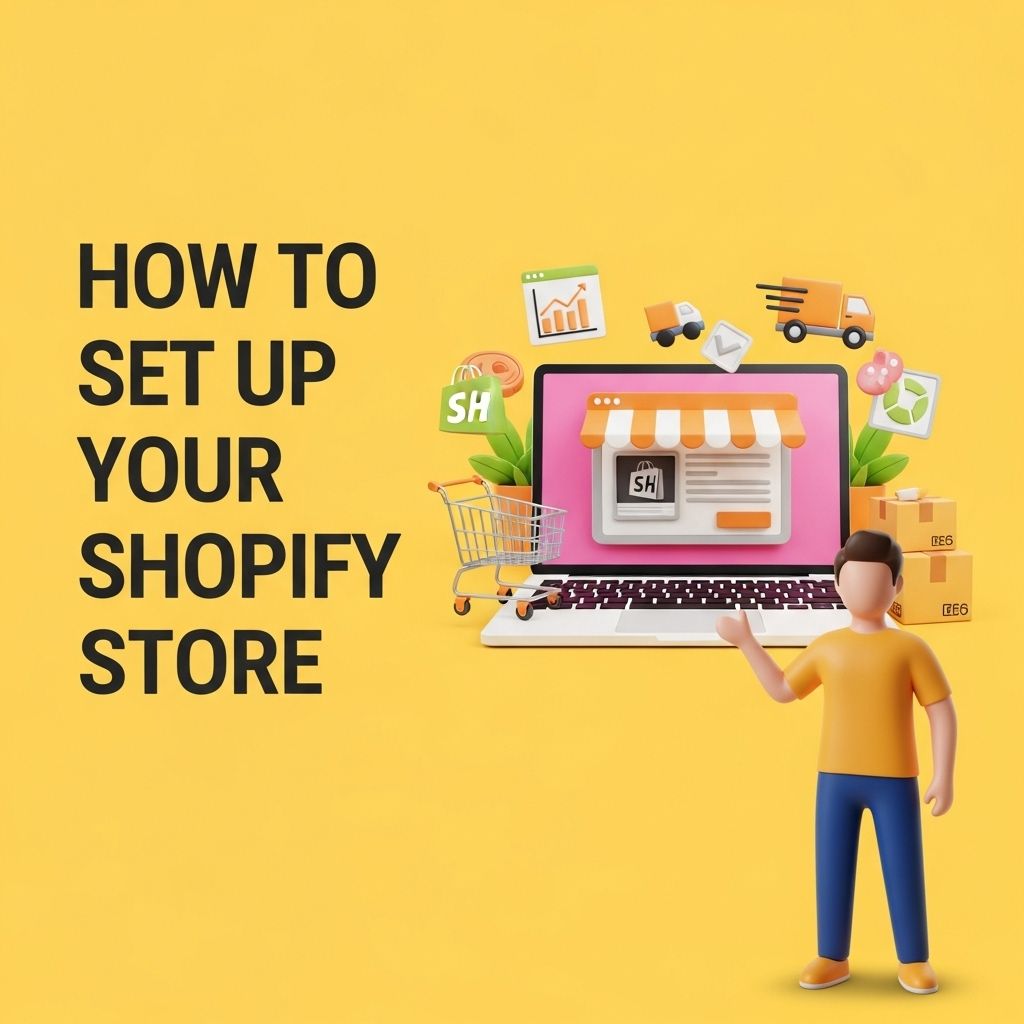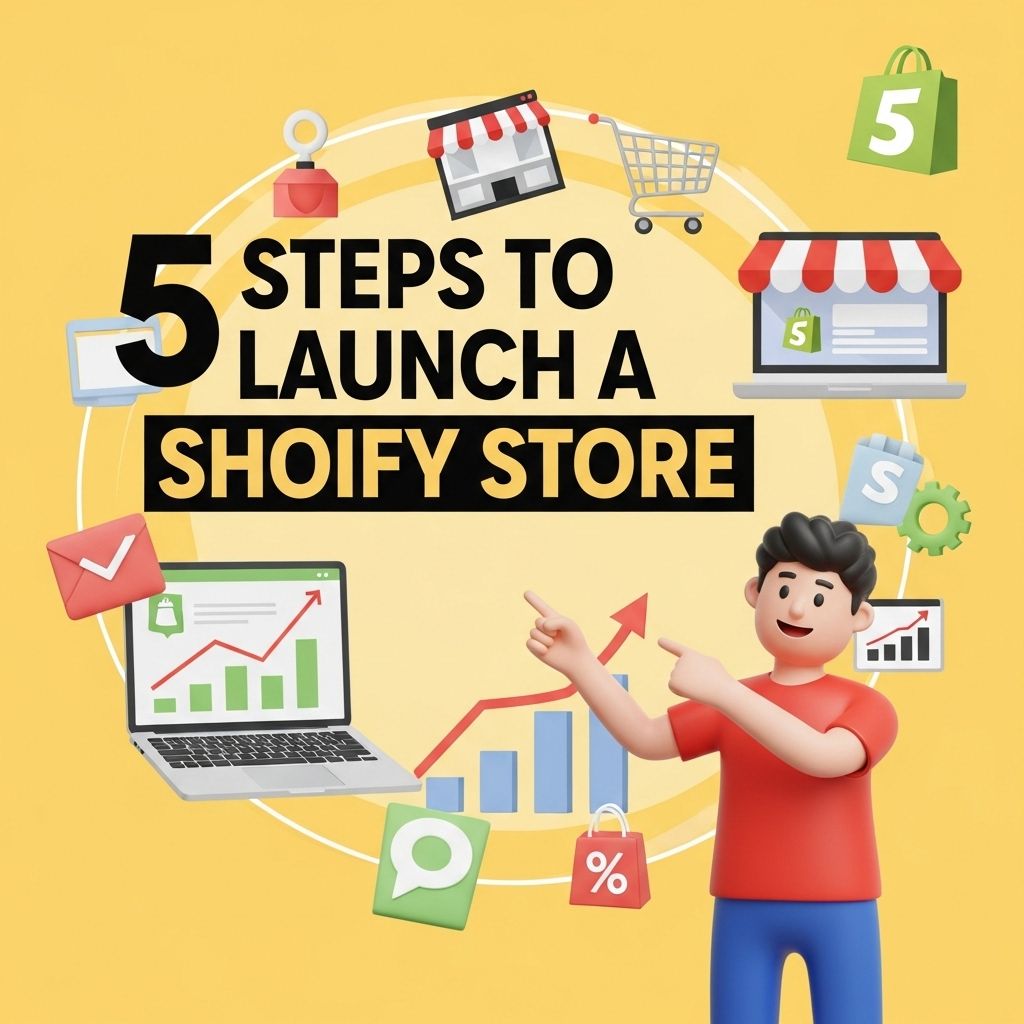In the digital age, establishing a successful online store has become a lucrative venture for many entrepreneurs. However, with the vast competition in the e-commerce landscape, knowing how to effectively design, launch, and promote your online store is essential. This article delves into actionable strategies and insights that will help you create a thriving online store.
Understanding Your Market
The first step in building a successful online store is understanding your market. You need to identify your target audience and their shopping habits. Research is key:
Conducting Market Research
- Surveys: Create surveys to gather data on consumer preferences.
- Competitor Analysis: Analyze competitors to identify their strengths and weaknesses.
- Industry Trends: Stay updated with market trends to adapt your offerings.
Choosing the Right Products
Once you understand your market, the next step is selecting the right products to sell. The best products are those that resonate with your audience while also providing value.
Criteria for Product Selection
- Demand: Choose products that have a proven demand in the market.
- Profit Margin: Ensure that your products have a healthy profit margin.
- Uniqueness: Consider products that stand out in the market.
Building Your Online Store
After selecting your products, it’s time to build your online store. The platform you choose can significantly impact your success.
Popular E-commerce Platforms
| Platform | Best For | Pricing |
|---|---|---|
| Shopify | Beginner-friendly | Starting at $29/month |
| WooCommerce | WordPress users | Free (plus hosting costs) |
| BigCommerce | Large-scale businesses | Starting at $29.95/month |
| Magento | Custom solutions | Variable (self-hosted) |
Key Features to Look For
When selecting a platform, ensure it offers:
- Mobile responsiveness
- SEO capabilities
- Various payment gateways
- Easy inventory management
Designing Your Store
Design plays a critical role in user experience. A well-designed store can significantly increase conversion rates.
Design Principles
- Simplicity: Keep the design clean and simple.
- Navigation: Ensure easy navigation throughout the site.
- Branding: Reflect your brand identity in the design.
Essential Pages
Your online store should include several key pages:
- Home Page: The first impression that should highlight your best products.
- Product Pages: Detailed descriptions, high-quality images, and reviews.
- About Us: Share your story and values.
- Contact Page: Provide customer support options.
Setting Up Payment and Shipping
To facilitate seamless transactions, integrating payment and shipping options is crucial.
Payment Solutions
Choose multiple payment methods to cater to diverse customer preferences:
- Credit/Debit Cards
- PayPal
- Apple Pay
- Cryptocurrency
Shipping Strategies
Efficient shipping will enhance customer satisfaction:
- Free Shipping: Consider offering free shipping for orders over a certain amount.
- Flat-rate Shipping: Simple and straightforward for customers.
- Real-time Shipping Rates: Give customers precise costs based on their location.
Marketing Your Online Store
With your store set up, the next step is to attract customers through effective marketing strategies.
Digital Marketing Strategies
- Social Media Marketing: Engage with your audience on platforms like Instagram and Facebook.
- Email Marketing: Use newsletters to keep customers informed about promotions and new products.
- Content Marketing: Create valuable content that draws visitors to your store.
Search Engine Optimization (SEO)
Optimize your store for search engines to improve visibility:
- Keyword Research: Identify relevant keywords to target.
- On-Page SEO: Optimize product descriptions and blog content.
- Backlinking: Build quality backlinks to enhance authority.
Monitoring Performance
The final step in building a thriving online store is to continuously monitor its performance.
Key Metrics to Track
Keep an eye on the following metrics:
- Traffic Sources
- Conversion Rate
- Average Order Value
- Customer Retention Rate
Tools for Analysis
Utilize various tools to analyze your store’s performance:
- Google Analytics: Track user behavior and traffic sources.
- Shopify Analytics: Built-in metrics for Shopify users.
- SEMrush: Examine SEO performance and competitor strategies.
Conclusion
Building a thriving online store requires a mix of market research, product selection, effective design, marketing efforts, and performance monitoring. By following the steps outlined in this article, you can enhance your chances of running a successful online business. Remember, the e-commerce landscape is constantly evolving, so staying adaptable and informed is key to long-term success.
FAQ
What are the essential steps to build a successful online store?
To build a successful online store, you need to choose the right e-commerce platform, define your target audience, create a user-friendly website design, optimize for SEO, and implement effective marketing strategies.
How do I choose the right e-commerce platform for my online store?
Consider factors such as ease of use, scalability, payment options, and available features when choosing an e-commerce platform for your online store.
What are the best practices for optimizing my online store for SEO?
Best practices for SEO include using relevant keywords, optimizing product descriptions, improving site speed, and ensuring mobile-friendliness on your online store.
How can I effectively market my online store?
You can market your online store through social media marketing, email campaigns, content marketing, and paid advertising to reach your target audience effectively.
What should I include in my product descriptions to boost sales?
Include detailed information about the product, high-quality images, customer reviews, and persuasive language in your product descriptions to boost sales.
How can I enhance customer experience on my online store?
Enhance customer experience by providing easy navigation, a seamless checkout process, responsive customer service, and personalized recommendations based on user behavior.




